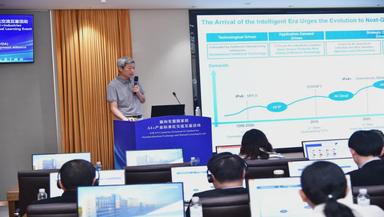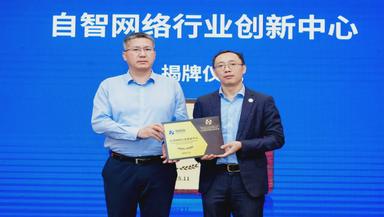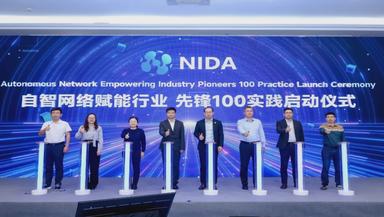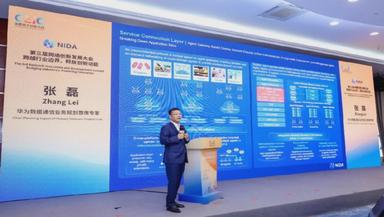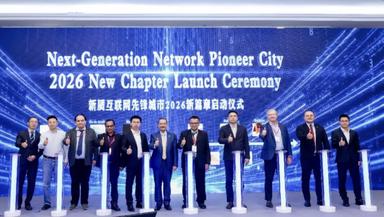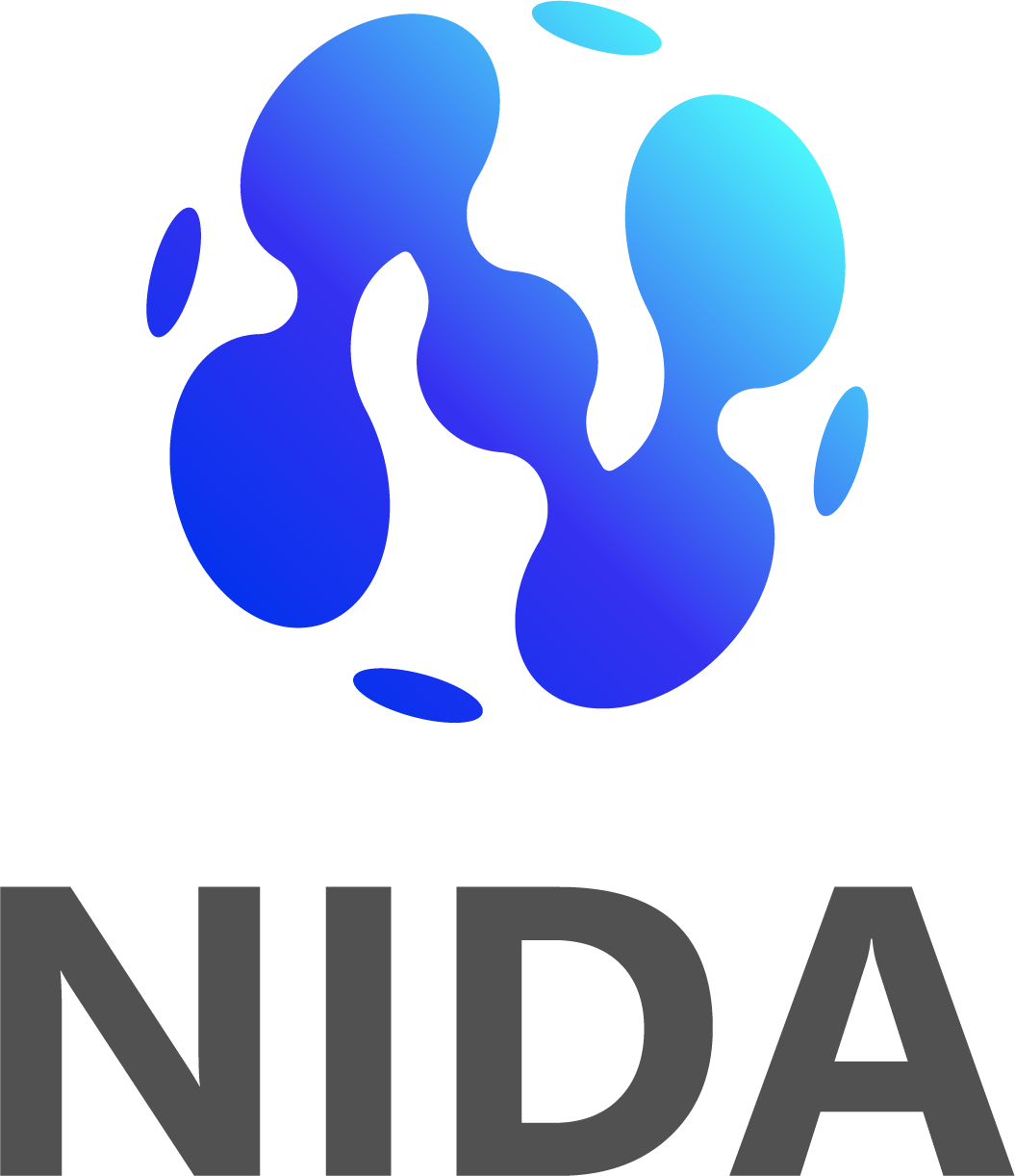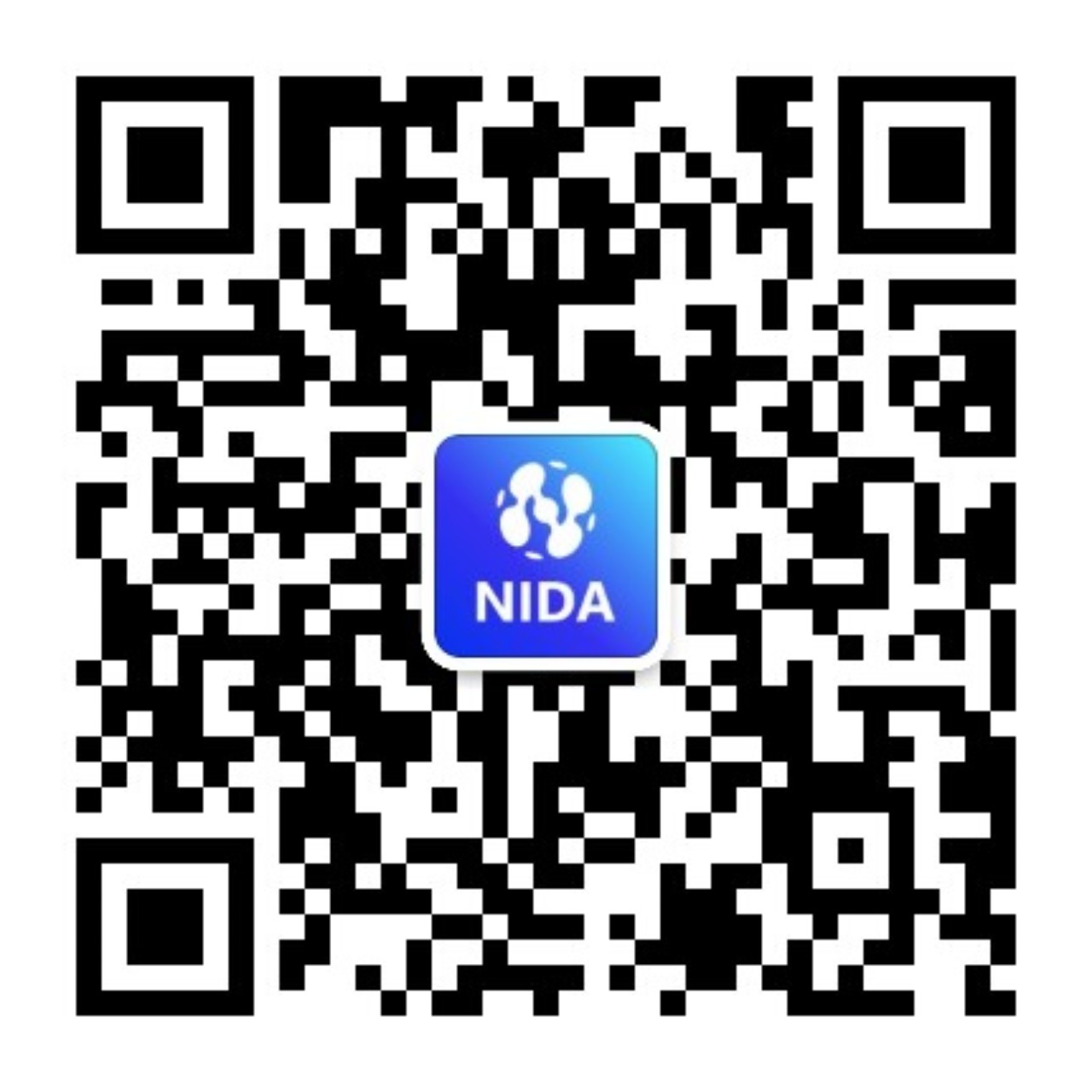[Nanning, October 28, 2025] Held the "AI+ Industry Standardization Exchange and Mutual Learning for ASEAN Countries" activity at the ASEAN Countries Standardization Cooperation and Exchange Center. The event was jointly organized by Guangxi Institute of Standards and Technology and China Institute of Electronic Technology Standardization. Chinese experts, ASEAN governments, and universities gathered together to share the achievements of AI technology and standards research, as well as valuable experience accumulated in practice. This paper discusses the vision of China and ASEAN countries in AI industry development, and fully affirms the important value of a sound standard system.In the theme activity, Bo Yang, vice director of the Industry Development Department of the Global Fixed Network Innovation Alliance (NIDA), delivered a keynote speech. He first introduced NIDA's vision to build a bridge between research and research institutions, enterprise innovation, and industry transformation, and communicated the & marketing platform through the industry chain. Expand international and domestic influence and guide global industry development. Then, based on the research of experts in various fields of NIDA, the development path of "Next Generation Network" is explained. Based on the development of the AI industry, NIDA defines four major network infrastructure scenarios: joint computing, joint intelligence, joint data, and joint air. Based on these scenarios, the research results of NIDA experts in each scenario, as well as innovative practical experience, are explained respectively.Experts from ASEAN were very interested in the scenarios of joint computing and joint computing shared by Minister Bojan. They discussed in detail the network construction standards for industries such as healthcare, education, and agricultural parks, as well as China's network development experience in related fields, and expressed the hope of developing standards cooperation with NIDA. Improve the network building capabilities of ASEAN countries.The ASEAN Standardization Cooperation and Exchange Center, which is jointly established by the State Administration of Market Supervision and Guangxi People's Government, is the only national-level platform for standardization cooperation and exchange among ASEAN countries in China. Guangxi Institute of Standards and Technology is responsible for the specific operation of the center, connecting with leading enterprises in various industries, innovation alliances, and scientific research institutions in China to carry out exchanges with ASEAN. Through this platform, it strives to show more Chinese technologies to ASEAN countries and obtain more opportunities for recognition and standardization cooperation. This event is a microcosm of the work of the Center, enabling ASEAN countries and China to establish a sound mutual learning mechanism in the AI era, such as network infrastructure and LLM, and a solid step forward for the follow-up cooperation.As an international network standards organization, NIDA is dedicated to the formulation of global network construction standards and the application and promotion of innovative technologies. In the future, NIDA plans to carry out in-depth standards and industry cooperation with ASEAN countries through the ASEAN Standardization Cooperation and Exchange Center, promote China's advanced network construction experience to ASEAN countries, and help China's related industry chains go to sea.
2025-11-13
3
Self-Intelligent Network Industry Pioneer Innovation Center Officially Inaugurated
[Shenzhen, China, November 8, 2025] The 2025 Smart Network Innovation Forum was held during the 3rd Network Innovation and Development Conference. At the forum, in the self-intelligent network industry experts, enterprise representatives and scholars witnessed, the "self-intelligent network industry pioneer innovation center" was officially inaugurated. The establishment of this industry innovation platform marks the development of self-intelligent network industry into a new stage.Currently, the self-intelligent network industry is in a critical period from L3 to L4. By 2025, the self-intelligent network L4 technology has been implemented in multiple industries in China and has been piloted in the initial phase outside China. The era of deep integration of AI technologies and network O&M has arrived. Self-intelligent networks are becoming a key force driving industry digital transformation and upgrade. This "Smart · Mastering the Future, Self-Intelligent Network Forum" grandly held the "Self-Intelligent Network Industry Pioneer Innovation Center" inauguration ceremony. The innovation center will bring together the forces of industry, university, and research to build an open and collaborative industry cooperation platform, and promote the unification of technical standards and the transformation of innovation achievements of self-intelligent networks.As a representative of emerging technologies in the intelligent era, AI accelerates digital intelligence in thousands of industries. Zi Gege, a researcher at the AI Institute of the China Academy of Information and Communications, shared "A Brief Analysis of Agent Technology and Application." Ziegger systematically expounds the basic principles of agent technology and its application scenarios in self-intelligence networks. She said efforts to consolidate the foundation of smart technologies could further promote the inclusiveness of smart applications.With the development of large model technologies, agents will become more intelligent and autonomous, bringing revolutionary changes to network O&M. Ma Junfeng, Chairman of the NIDA Self-Intelligent Network Working Group and Deputy Chief Engineer of the Institute of Technology and Standards of the China Academy of Information and Communications, shared "Intelligent Application Accelerates the Development of the L4 Self-Intelligent Network Industry." Through the efforts of the Self-Intelligent Networking Working Group, we have implemented from standards to industry. It has developed on a large scale in the finance and education sectors.Song Jianmin, vice director of the NIDA Testing and Certification Dept, shared the Strategic Plan of the NIDA Industry Committee. He proposed that the path for streamlining industry requirement collection and standard application implementation is to set up industry committees. In the future, NIDA plans to set up an education industry committee to lead network technology innovation and standard building in the education industry. Publicly promotes digital intelligence and globalization of education networks.Li Yexing, a Huawei self-intelligent network expert, introduced the latest development of the self-intelligent network industry assessment system in the AEI Standard Outlook & Datacom AN L4 Industry Assessment Progress. With the release of the industry's first Agent-based Campus Network L4 O&M Technical Requirements, the self-intelligent network construction is finally set to follow.Yu Qi, a teacher from the cloud network operating system R&D center of China Telecom Cloud Network Operation Dept, explained China Telecom's positioning and thinking in the digital transformation of cloud network operation by sharing the development ideas and application practices of China Telecom's self-intelligent network.With the establishment of the "Pioneer Innovation Center for the Self-Intelligence Network Industry" and the gradual improvement of various technical standards, the Self-Intelligence Network Industry is ushering in a critical period to move towards L4 advanced self-intelligence. In the next few years, self-intelligent networks will move toward a higher degree of automation and intelligence.
2025-11-12
2
[Shenzhen, China, November 8, 2025] At the 3rd Network Innovation and Development Conference, the Global Fixed Network Innovation Alliance (NIDA) joined forces with Huawei Technologies Co., Ltd., China Research Institute of Information and Communications, China Unicom Research Institute, China Telecom Cloud Network Operating System R&D Center, and Southeast University. , China University of Mining and Technology, and other industry-university-research partners jointly launched the "100 Pioneer Program in the Self-Intelligent Network Industry" to promote L4 advanced self-intelligence of IP networks in the entire industry by building intelligent and reliable network infrastructure.With the in-depth convergence of 5G-Advanced, artificial intelligence, and cloud computing technologies, communications networks are moving from manual O&M to intelligent self-intelligence. As the core direction of future network development, self-intelligent networks are designed to implement self-configuration, self-healing, and self-optimization by introducing big data and AI technologies to provide more efficient, reliable, and flexible support for digital transformation of thousands of industries. Against this background, the Self-Intelligent Network Industry 100 Pioneer Program emerged as the times require. It is dedicated to gathering pioneers in the industry, jointly building self-intelligent network benchmark cases, and building a new industry ecosystem featuring collaborative innovation, openness, and win-win outcomes.The program is jointly initiated by NIDA, Huawei Technologies Co., Ltd., China Research Institute of Information and Communications, China Unicom Research Institute, China Telecom Research Institute, Southeast University, and China University of Mining and Technology. Select and deeply enable hundreds of leading enterprises in key industries, such as finance, education, and carrier, to jointly explore and implement industry-representative self-intelligent network application scenarios, and form benchmark solutions that can be replicated and promoted. Accelerate the large-scale commercial use of L4 highly intelligent networks.Wang Hui, President of the NCE Data Communication Domain of Huawei Data Communication Product Line, as the representative of the main initiator, said: "The launch of Project Vanguard is just in time. It collaborates with upstream and downstream of the industry chain to drive technological innovation based on actual business scenarios. We look forward to working with our pioneer partners in various industries through the Vanguard Plan, deeply coupling network capabilities with industry requirements, and jointly opening a new chapter in the "high-level self-intelligent network". In the future, we expect more industry partners to join the "100 Pioneer Plan for the Self-Intelligent Network Industry", which will bring the valuable experience accumulated by thousands of industries in the process of intelligent transformation into a river and inject great impetus into the continuous evolution of the Self-Intelligent Network.
2025-11-12
3
[Shenzhen, November 8, 2025] During the 3rd Network Innovation and Development Conference, Zhang Lei, senior expert (chief) of Huawei data communications business planning, delivered a keynote speech entitled "Intelligent Internet Architecture and Key Technologies", aiming to promote the upgrade of networks from "connected information" to "connected intelligence". Support independent collaboration of hundreds of billions of agents to reshape digital services in the home, finance, and healthcare fields.Network innovation: From connecting people to connecting intelligenceWith the rapid development of large model technologies, AI is evolving from passive response to active decision-making, and from individual intelligence to group collaboration. Agent communications bring about five paradigm shifts: The communication subject shifts from "human" to "intelligent"; The addressing mode is changed from "IP addressing" to "semantic addressing" based on capability and intent. The traffic mode is changed from north-south to east-west + north-south synergy. Communication protocols emerge one after another and are inconsistent with each other. Endogenous security makes authentication and trust mechanisms essential at the bottom layer.Traditional Internet uses IP routing as the core, and the connection objects are limited to "one billion entities". The intelligent Internet uses technologies such as intelligent addressing and semantic routing to implement cross-domain interconnection of hundreds of billions of intelligent agents, which can efficiently carry emerging application scenarios such as smart home, smart industry, and smart production.Addressing Challenges: Defining the New Architecture of the Agent InternetFacing the transformation challenges brought by network innovation, Huawei shares the new architecture of the intelligent Internet, aiming to build an open, self-adaptive, distributed, secure, and high-performance 100-billion-level intelligent communication infrastructure.• Agent Application Layer: Enable thousands of intelligent services to implement autonomous task execution.• agent management and control layer: Establish decentralized identity authentication and zero-trust security mechanisms to ensure behavior traceability.• Agent Link Layer: Capability discovery and intent routing are implemented through the agent gateway.Physical network layer of the • agent: Provides efficient and deterministic transmission and supports millisecond-level low latency and zero packet loss.Industry Vision: Jointly build an intelligent Internet ecosystemThe Intelligent Internet Architecture and Key Technologies Report released by Huawei and several industry representatives is a guiding document, which systematically describes the vision, architecture, and key technologies of the Intelligent Internet and builds consensus on the Intelligent Internet industry. In the future, Huawei will work with industry partners to promote technological innovation and standard formulation, and push the industry toward a new era of AI-driven digital intelligence.
2025-11-11
18
[Shenzhen, November 8, 2025] During the 3rd Network Innovation and Development Conference, city representatives from China and overseas, industry experts, and representatives from international organizations gathered to discuss the practical path, challenges, opportunities, and future vision of next-generation networks in pioneer city construction. This event brings together global intelligence to comprehensively showcase the achievements and future blueprints of new Internet pioneer cities, and inject powerful impetus into the digital transformation of global cities.Chen Gang, Director of Industrial Internet Division of Jiangsu Future Network Group, as a representative of the pioneer cities in China, analyzed the construction path of pioneer cities in China based on the practice of Nanjing. He pointed out that in the era of artificial intelligence, the demand for the construction of "computation, network, and data" has come into being, which is highly in line with the concept of "joint computing, joint data, joint intelligence, and networking" put forward by NIDA. Nanjing deployed computing infrastructure in Jiangbei New District and Yangzhou Yizheng, built a high-quality data system, and built a dedicated network plane to connect the intelligent computing center and general computing center, effectively supporting the implementation of emerging services. At the same time, Nanjing's explorations in high-speed data transmission optimization, trusted data space construction, and government agent applications effectively address the new challenges posed by the AI era to traditional network architecture.Adolfo Borrero, chairman of the Smart City Committee of AMIC, Spain, shared an overseas perspective. As the largest information and communications technology association in Spain, AMIC integrates 115,000 enterprise resources and has made remarkable achievements in network standardization, smart tourism, and energy efficiency. The standard 178102, led by the company, has become an ISO standard, promoting interoperability and bandwidth improvement in communications systems. He stressed that Spain has established a network of city associations, collaborated with partners in Latin America, focused on cutting-edge directions such as WiFi7 deployment and AI perception convergence, promoted smart city construction with financial guarantee and policy support, and paid attention to the importance of tourism and energy efficiency in smart city development. Its construction concept of "people-oriented and sustainable development" provides an important reference for global and cross-regional collaboration.During the roundtable discussion, guests from Uzbekistan, Egypt, Indonesia, Spain, and Kazakhstan had an in-depth exchange on "Challenges and Opportunities in the Construction of Next Generation Network Pioneer Cities".The participants generally agreed that the main challenges they faced included: Digital divide between urban and rural areas, network bandwidth and quality bottlenecks, shortage of high-end skilled personnel, stability and synergy of technical standards and policies, and uncertainty of return on investment. Denny Setiawan, representative of Indonesia, highlighted the twin challenges posed by the island's geography.On coping strategies, the participants stressed the importance of international cooperation and overall coordination. Ahemd Darwish, a former Egyptian minister, called on developed countries to strengthen cooperation with developing countries, while developing countries should participate more actively in international organizations and dialogues, and proposed solutions for AI agent applications and international talent flow. Ulugbek Azimov, the representative of Uzbekistan, stressed the importance of cross-country collaboration for network deployment. The value of collaboration was confirmed by the fact that the IPv6 penetration rate in Uzbekistan increased from less than 1% to 20%. Adolfo Borrero called for strengthening policy support and urging telecom operators to increase network investment. All parties agreed that sharing experience, collaboratively setting standards, and promoting talent flow and cultivation are key to meeting common challenges and grasping development opportunities.During the conference, the "Certificate of Next Generation Network Pioneer City Case" was presented to the representatives of cities and institutions that have made outstanding contributions to the construction of the next generation network pioneer city. Representatives receiving this award include China Unicom, Jiangsu Future Network Innovation Research Institute, Beijing Xinertai Technology, Southeast University, Shanghai University of Science and Technology, Shenzhen Smart City Communication Co., Ltd., and Zijinshan Laboratory. The aim is to recognize these cities and institutions for their pioneering practices in network technology innovation, infrastructure upgrade, and smart application implementation, providing valuable lessons for the digital transformation of global cities.At the end of the conference, under the joint witness of all the guests attending the conference, the launch ceremony of "New Chapter of New Internet Pioneer City 2026" was grandly held. Representatives of Chinese and foreign pioneer cities, international organizations, well-known enterprises, and research institutes took the stage together, symbolizing the gathering of global forces and the joint commitment to continue to deepen exploration and cooperation in the field of next-generation network technologies and pioneer city construction, and to promote the in-depth integration of new Internet technology innovation and urban practices.Pioneer city construction is the core carrier for the development of the new Internet. Through the collision of Chinese and foreign experiences and the convergence of global wisdom, the conference fully demonstrated the leading role of global pioneer cities in the construction of the next generation Internet. It provides a clear roadmap and strong momentum for collaboration to build a smarter, efficient, inclusive and sustainable city of the future. The fire of practice in pioneer cities is sure to illuminate the path of the global digital future.
2025-11-11
15
